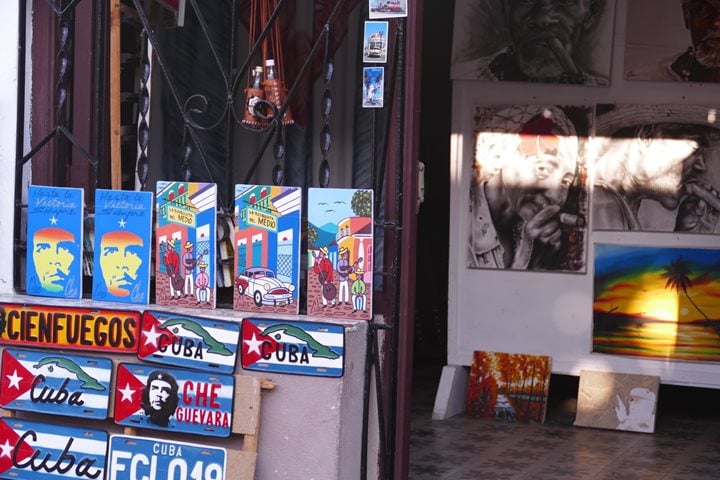The DER below is from the expedition to Cuba that began on January 18, 2017.
Our first full day in Cuba's capital city was an exciting and full one. After having had a great breakfast full of interesting options at our iconic Hotel Nacional de Cuba, we went to the oldest part of the city for a walking tour of historic center. Our local guides Daniel and Edgar explained everything we saw as we walked around plazas and streets immersed in colors and examples of the different architectural styles of the buildings that are now lively stores or coffee shops. And we were not alone! Tourists from all around the world walked the streets and stopped to buy old books, crafts or just a delicious coconut ice cream. We learned about the former glories of the city during the times when French, Dutch and British privateers tried to attack the heavy Spanish galleons loaded with gold, silver and many other valuable cargo coming from the New World, and about Cuba's independence from Spain. We also visited one of Ernest Hemingway's favorite bars and the house where one of Cuba's top heroes, José Martí, was born. We definitely understood why this area was declared as a World Heritage site by UNESCO in 1982.
At lunchtime we headed to the privately-run Casa Abel for a delicious meal, cold drinks or wine and a well-deserved rest.
After having recharged our batteries, we divided into two groups to continue our exploration of this wonderful city. Some of us visited the main campus of Havana University to learn about the high level of professional education in the country and the right of every person here to become a doctor, an engineer or a lawyer. Then we arrived to the former presidential palace of dictator Fulgencio Batista that now harbors the Revolution Museum. There we learned more about those historic days in the 1950s that culminated the first day of January, 1959 when the revolutionaries victoriously entered in Havana. Numerous objects are on display there and we saw the original boat that transported Castro and 81 others from Mexico to Cuba, many of the land vehicles that the fighters used and even airplanes. The decoration of several parts of the building was done by Tiffany's in New York and is an indication of why 21 presidents called the palace home.
Once back in our hotel we enjoyed a very interesting lecture by architect Pedro Vázquez about architecture and urban management in Havana that was also funny and extremely enlightening about many other aspects of today's Cuba and Cubans, making an end to a great day.







